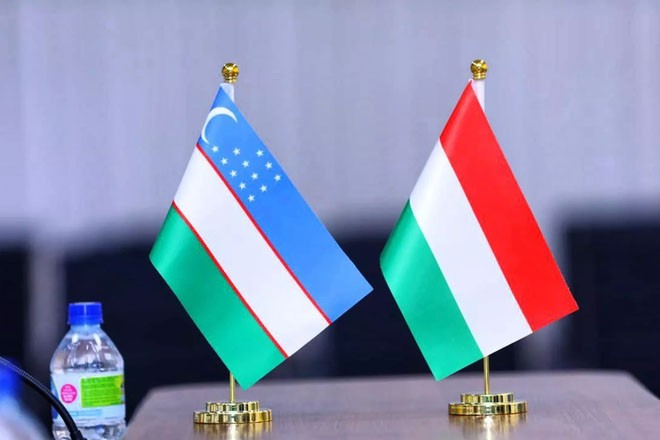Tajikistan has declared its readiness to join the China-Kyrgyzstan-Uzbekistan international railway construction project. This strategic intention was voiced by the Minister of Transport of Tajikistan Azim Ibrohim during a meeting with the Minister of Transport of China Liu Wei on the sidelines of the 12th meeting of Transport Ministers of the Shanghai Cooperation Organization.
The initiative to connect with a railway line integrated into the New Silk Road landscape reflects Dushanbe's growing desire to actively participate in international infrastructure projects and strengthen logistics links in the Central Asian region. According to official information, the Tajik side has already sent a corresponding request to its Chinese partners.
The China-Kyrgyzstan-Uzbekistan project, construction work on which began at the end of June 2025, is estimated at 4.7 billion US dollars. Its implementation is seen as one of the most ambitious infrastructure steps in recent years, aimed at creating a new transport corridor between East Asia, Central Asia and Europe.
The length of the railway in Kyrgyzstan will be more than 304 kilometers. About 40% of the route will pass through engineering complex sections: the project provides for the construction of 27 tunnels and 41 bridges. The railway is scheduled to be put into operation by 2030.
The inclusion of Tajikistan in the project can increase its transport connectivity and logistics significance in the Eurasian direction. In addition, it can revive economic activity in the republic by increasing transit flows, attracting investment and developing related infrastructure.
Experts consider Tajikistan's participation as a logical step in the context of growing integration processes within the SCO and the growing role of infrastructure projects in the regional geo-economy. The expansion of the railway corridor can not only improve the transport connectivity of Central Asia with external markets, but also become a factor in accelerating intraregional trade turnover and increasing the competitiveness of national economies.











